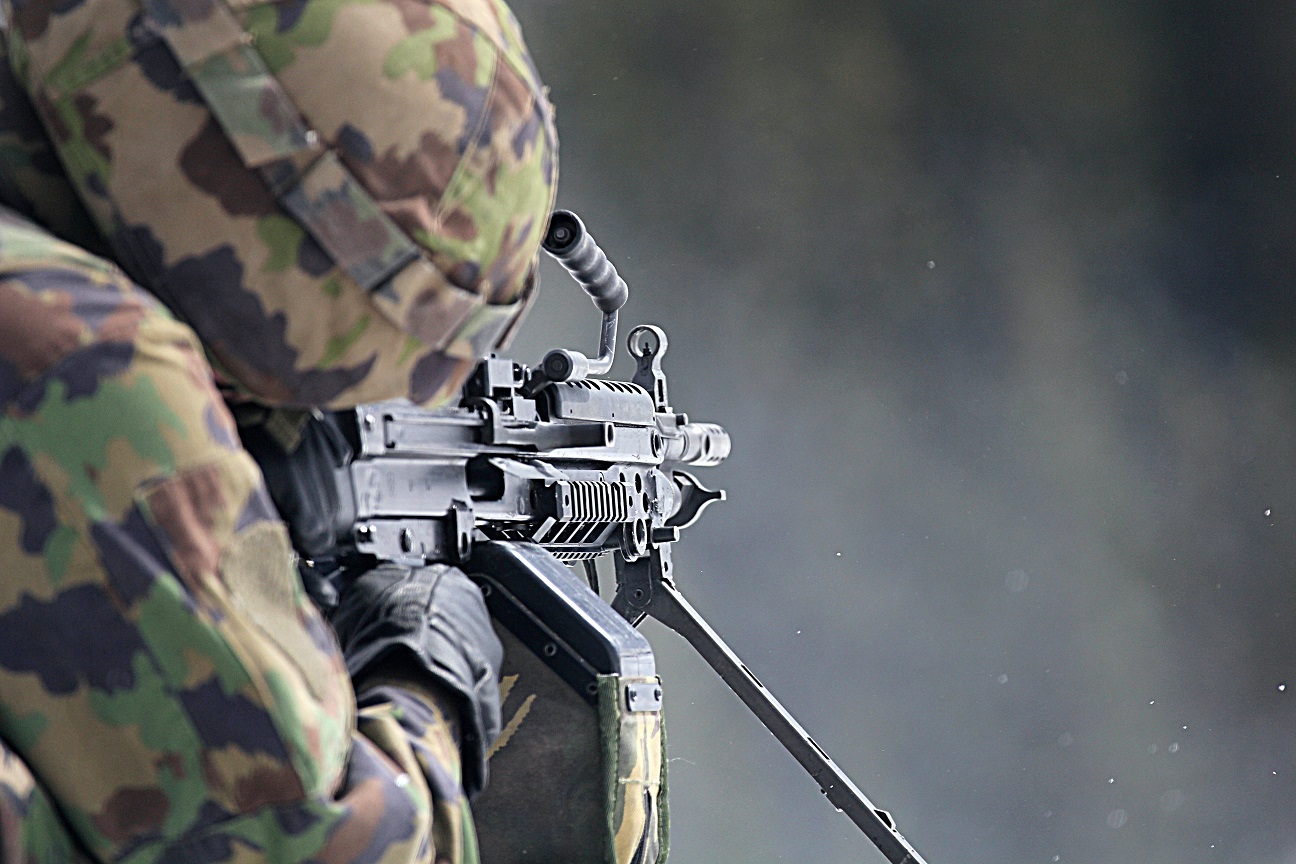When it comes to personal protective armor, understanding the National Institute of Justice’s (NIJ) ballistic protection levels is essential. Ballistic protection is measured in two ways: a protection level and a test standard. In this blog post, we will take a look at the NIJ levels of protection and explain why they matter for those in the military, law enforcement, and security fields.
What are NIJ Levels?
The NIJ creates standards for body armor, which it then grades according to its effectiveness at stopping certain projectiles or bullets. These grades are known as “levels” and range from Level IIA up to Level IV. Generally speaking, the higher the level, the more effective the armor is at stopping rounds fired from weapons such as handguns or rifles.
When it comes to ballistic protection, Level IV armor is considered to be the highest grade available on the market today. This type of armor is capable of stopping some of the most powerful rounds including .30-06 M2AP rounds with a steel core. It’s important to note that while this type of armor can stop these rounds, they are heavy and may not be practical for everyday use depending on your situation.
Why Do NIJ Levels Matter?
NIJ levels matter because they give you an indication of how effective a particular piece of body armor will be against different types of ammunition and weapons. For example, if you know you will be facing someone with an assault rifle then you need to make sure that your body armor is rated at least Level IIIa or higher so that it can protect you from those types of rounds. By understanding the NIJ levels of protection you can ensure that you have the best possible protection when facing an armed opponent.
Knowing what level of protection your body armor provides—and whether or not it meets NIJ standards—is critical for those in law enforcement and other professions who may face situations where their life could be at risk due to gunfire or other projectiles. While Level IV armor offers unparalleled protection against some types of ammunition, its weight makes it impractical for certain situations; however, being aware that Level IV exists gives professionals options when deciding what kind of gear they need for their specific jobs or missions. Ultimately, understanding NIJ levels allows professionals to make informed decisions about what type of gear best suits their needs—keeping them safe in any situation they might encounter.
For more articles, please click here.

